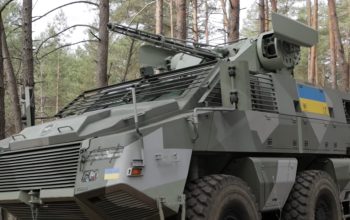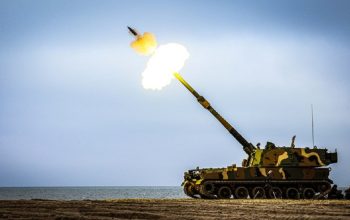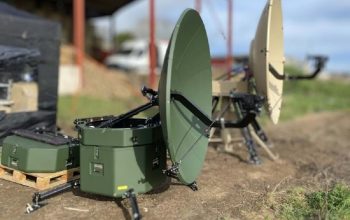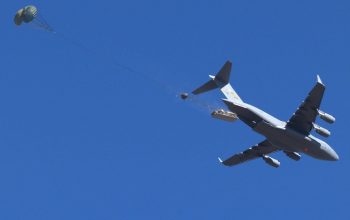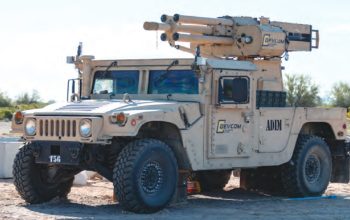Forces assigned to the Bahrain Defense Force (BDF) and U.S. Naval Forces Central Command (NAVCENT) participated in a combined, joint anti-terrorism exercise in the 5th Fleet Area of Operations, January 12-13. The bilateral exercise focused on enhancing mutual security and anti-terrorism capabilities by testing responses to simulated scenarios. Hitchcock also stated that this was the largest anti-terrorism drill that has been conducted by Bahraini and U.S. forces. Scenarios included simulated site security, building clearing and hostage rescue drills conducted by Bahrain and U.S. joint security personnel, and a mass casualty evacuation drill conducted by the two countries’ medical teams.
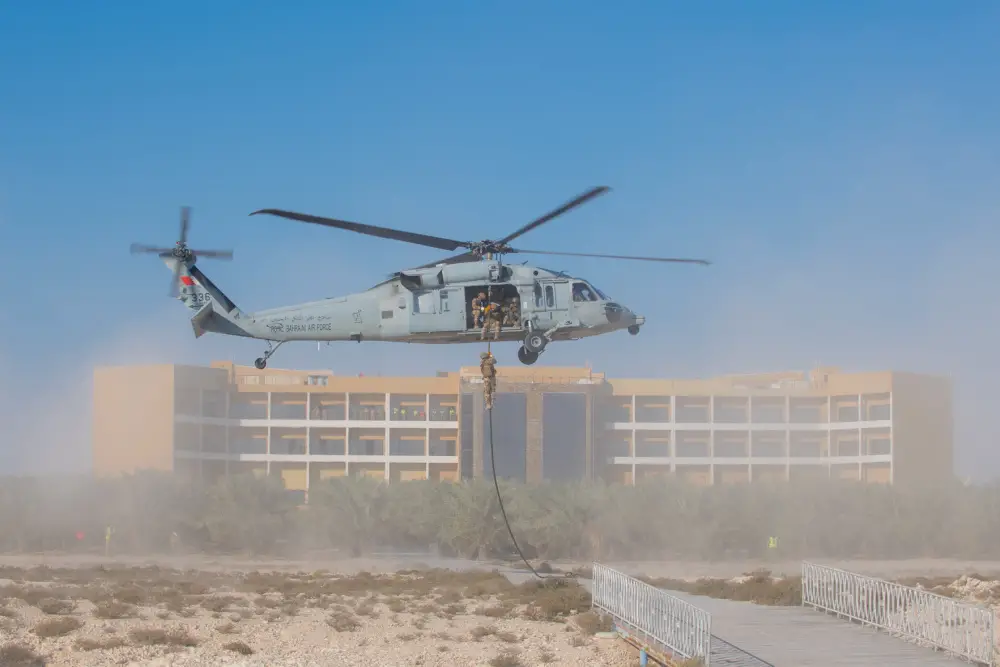
“This exercise demonstrated the combined capability of U.S. and Bahraini forces in responding to a crisis together,” said Lt. Cmdr. Cody Hitchcock, lead exercise planner. “The security and mass casualty scenarios which were practiced all highlighted the power of our combined partnership.”
Rear Adm. Curt A. Renshaw, deputy commander of NAVCENT, observed the exercise and praised the capabilities displayed by both forces. “Our combined emergency response forces impressively performed to the highest standards of readiness,” said Renshaw. “We will continue to enhance mutual security capabilities and interoperability with our Bahraini partners by regularly operating and training alongside one another.”
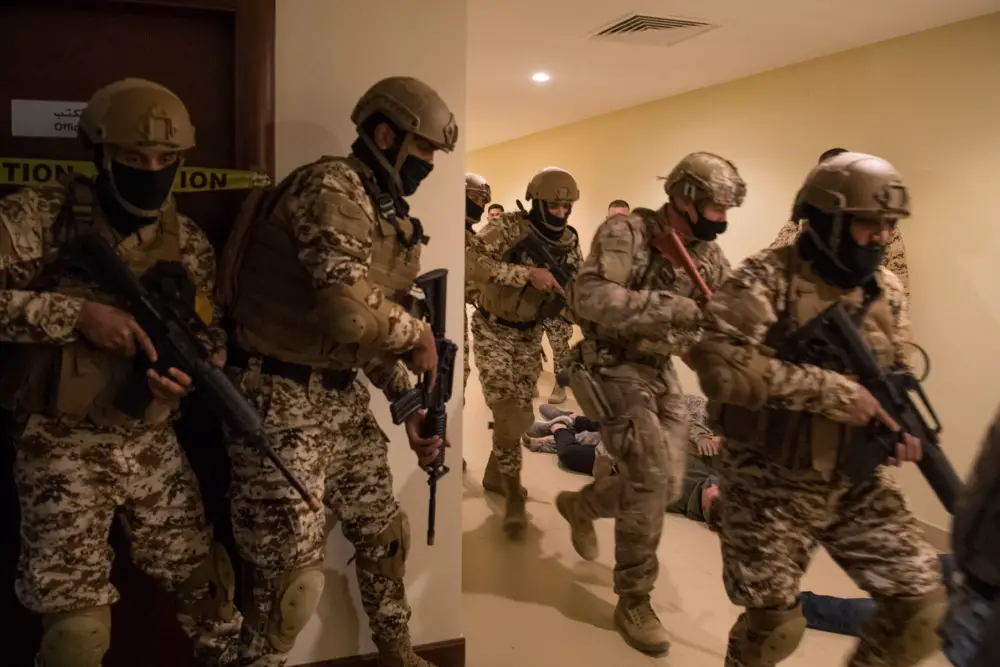
The U.S. 5th Fleet area of operations encompasses about 2.5 million square miles of water area and includes the Arabian Gulf, Gulf of Oman, Red Sea and parts of the Indian Ocean. The Fifth Fleet was initially established during World War II on 26 April 1944, the Fifth Fleet was deactivated in January 1947. In 1995 After a 48-year hiatus, the Fifth Fleet was reactivated. The expanse is comprised of 20 countries and includes three critical choke points at the Strait of Hormuz, the Suez Canal and the Strait of Bab al Mandeb at the southern tip of Yemen.Fifth Fleet/NAVCENT is a component command of, and reports to, U.S. Central Command (CENTCOM). As of 19 August 2020, the commander of the 5th Fleet is Vice Admiral Samuel J. Paparo Jr.



